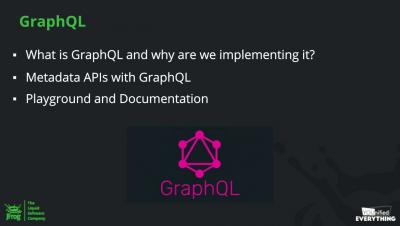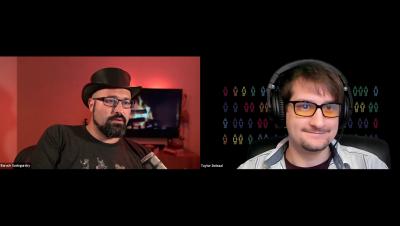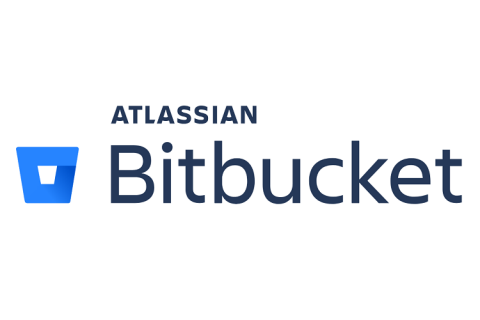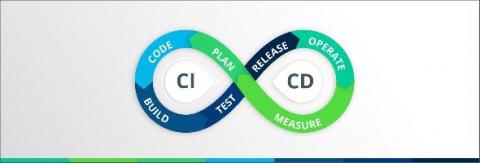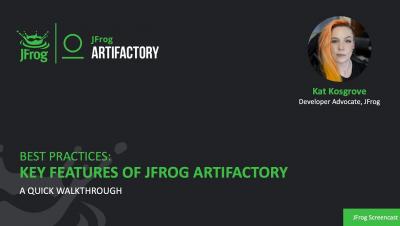Operations | Monitoring | ITSM | DevOps | Cloud
CI CD
The latest News and Information on Continuous Integration and Development, and related technologies.
What's New In JFrog Products - October 2020
OpenShift Optimization with Jenkins CI/CD
Games are in our DNA
At Cloudsmith we love playing video games, everything from Super Meat Boy to Halo, Fortnite to Candy Crush. We’ve got a big Pac Man money box sitting on the office shelf. Steve Collins, of Havok fame, is on our Board of Directors. Quite simply, gaming is in our DNA. When we started Cloudsmith we made a list of customers we’d love to work with someday and there were numerous games studios on the list.
Expand your Sleuth monitoring reach with Datadog
Sleuth is a deployment tracking tool that gives you a deeper level of insight into your CI/CD workflows by tracking all of your team’s deployment tools from a single dashboard. Sleuth integrates with different components of your deployment pipeline and develops an understanding of your development processes. It can then automatically alert you as to when code is shipping, when manual approvals are needed, and when failures occur.
JFrog & HashiCorp - Scale Your Developer's Talent
Docker Hub rate limits in Bitbucket Pipelines
Lessons Learned in CI/CD Transformation
Continuous integration/continuous delivery (CI/CD) is a methodology which helps technology teams deliver higher-quality software faster through automation. At OpsRamp, we have embarked on the journey of CI/CD transformation and have seen tremendous change in the way we build and release our products. Michael Fisher, Group Product Manager, OpsRamp explained the journey and lessons learned in this process during a recent webinar.
Key Features Of Jfrog Artifactory In 5 Minutes
Tutorial: Using Helm Hooks in Your Codefresh Pipeline
When getting started with Kubernetes and Helm, the process across the release life cycle can feel like a black-box; having to follow debugging processes to understand what is going on behind the scenes. Helm hooks can help with that. This post provides an overview of: If you are new to Helm, we suggest to check-out our previous tutorial first and then come back to learn more about Helm hooks. Hooks perform a single action at a specified point during the release life cycle.



